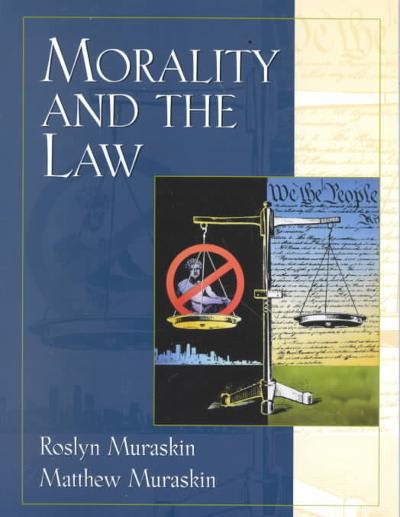Question
Watch Documentation: A Central Aspect of the Reggio Emilia Philosophy by Catherine Schmidt-Jones : https://youtu.be/me46lbQKGSU The BC Early Learning Framework provides a guide for pedagogical
Watch"Documentation: A Central Aspect of the Reggio Emilia Philosophy" by Catherine Schmidt-Jones:
https://youtu.be/me46lbQKGSU
The BC Early Learning Framework provides a guide for pedagogical narration that includes the pedagogy of listening and the value of observation.In theFoundations of Early Childhood: Learning Environments and Child Care in Canada, Dietze also describes the value of observation to inform practice.
Review and compare each observation process described in the following sections:
"How Observation Informs Practice"
1. Understanding children's interests.
2. Identifying the types of materials children are interested in.
3. Determining the skills or knowledge children currently have or are working toward.
"The Observation Process"
1. The Preparation Component. What do I already know about this child? This component requires practitioners to determine what they already know about a child and where they think that child may need to extend his learning.
2. The Planning Component. What do I need to know about this child? This component requires practitioners to make a list of what else they want to know about the child. The observer may have questions related to such things as the type of experiences the child prefers, the child's developmental characteristics, current language skills, the types of interactions between the child and his peers and also between him and adults.
3. The Method Selection Component. What observation method will obtain the best informational data? This component requires practitioners to determine the most efficient observation method and to prepare the resources required.
4. The Data Collection Component. What data will I collect? This component requires practitioners to carefully search out and record the pertinent behavioural information needed, such as which experience-centres a child predominantly plays at and with whom. The practitioner observes the child and records what he sees and hears.
5. The Data Analysis Component. What information does the data provide? Here, practitioners examine the information collected. They interpret the data in terms of their knowledge of child development and learning pedagogy and determine how the data can inform future practices with this child and other children.
6. The Data Implementation Component. What new information does the data provide that guides me in the types of experiences I provide the child with? According to this component, practitioners use the data to guide them in determining appropriate experiential challenges needed to support and nurture the child.
7. The Monitoring Component. How do I monitor how the interventions are impacting the child? In this component, practitioners continue to observe the child and evaluate the impact of their interventions on the child's learning and development. And in so doing, practitioners may adjust their interventions as required to ensure an ongoing evolution of this child's learning and development. In this way, their observations inform the practice of their professional skills.
Then write one to two factual sentences about each of these processes. Write a final paragraph (50 to 100 words) about how you can use these two observation approaches to update your personal approach to program planning.
Step by Step Solution
There are 3 Steps involved in it
Step: 1

Get Instant Access to Expert-Tailored Solutions
See step-by-step solutions with expert insights and AI powered tools for academic success
Step: 2

Step: 3

Ace Your Homework with AI
Get the answers you need in no time with our AI-driven, step-by-step assistance
Get Started


